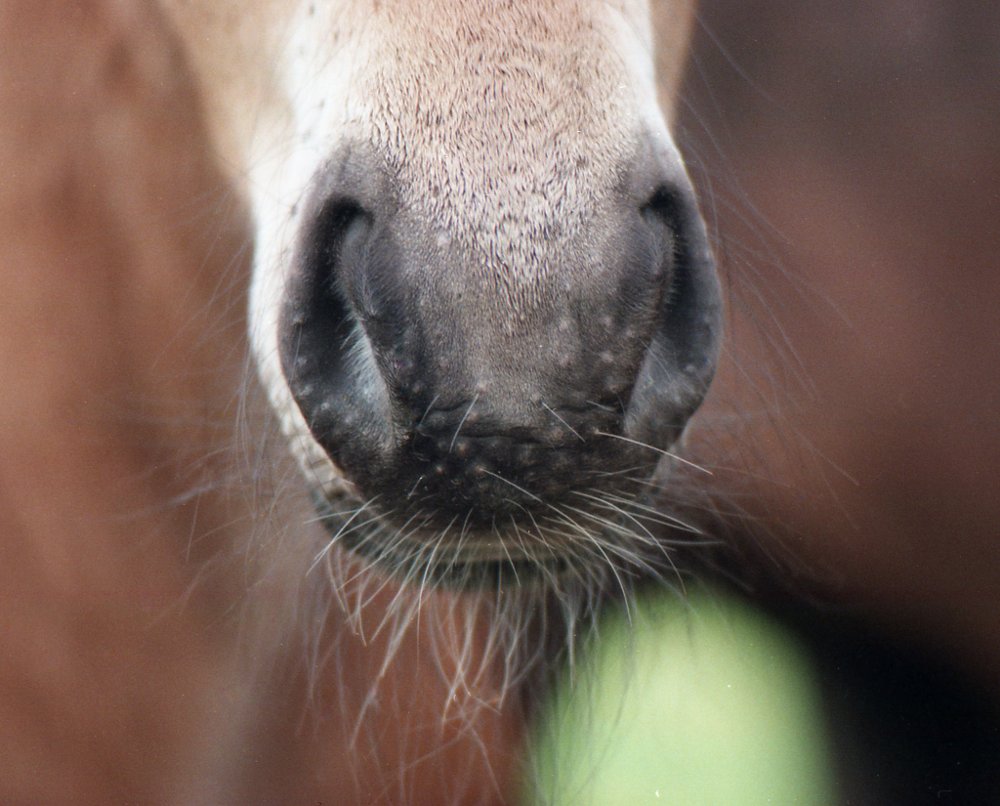
A: You’ve asked a fascinating question, as there’s much more to whiskers than meets the eye. That is, they’re not just long hairs on the face and body of horses and other animals. Whiskers, or, vibrissae, are different from regular hair both in their anatomy, their location, and their purpose. While it is not technically HARMFUL to trim whiskers, doing so does reduce the animal’s ability to use these specialized tools as nature intended.
It is obvious when looking at a horse or other species (such as dog or cat, rodent, or marine mammal such as a seal, walrus, or sea lion), that whiskers are longer and thicker than regular hair, and in very specific locations like around the eye, between the nostrils and upper lip, and on the bottom jaw beneath the lower lip. While the whisker itself has no nerves, the follicle it grows from is extensively innervated, and signals from the whiskers have been found to travel to a very specific region of the brain for interpretation. According to Wikipedia, whiskers in animals are required for:
- Object localization
- Orienting of the snout
- Detection of movement
- Texture discrimination
- Shape discrimination
- Exploration
- Thigmotaxis (movement in response to a stimulus)
- Locomotion
- Maintenance of equilibrium
- Maze learning
- Swimming
- Locating food pellets
- Location food animals
- Fighting
- Nipple attachment and huddling in rat pups
Basically, whiskers are tactile or touch sensors that help animals tell where they are, where danger is, and where food and water are. They help animals stay safe in their environment, especially at night (or in the water for marine mammals) when eyesight is less useful as a sense.
Certainly then for horses that aren’t shown, it is best to leave whiskers alone so the horse can benefit from this additional sensory input, especially since they have a blind spot in the front. In some European countries, not only is it prohibited to show a horse with trimmed whiskers, it violates animal protection laws. In the US, it is generally accepted that some competitive disciplines clip or even shave whiskers and other hair on the horse while other disciplines don’t.






